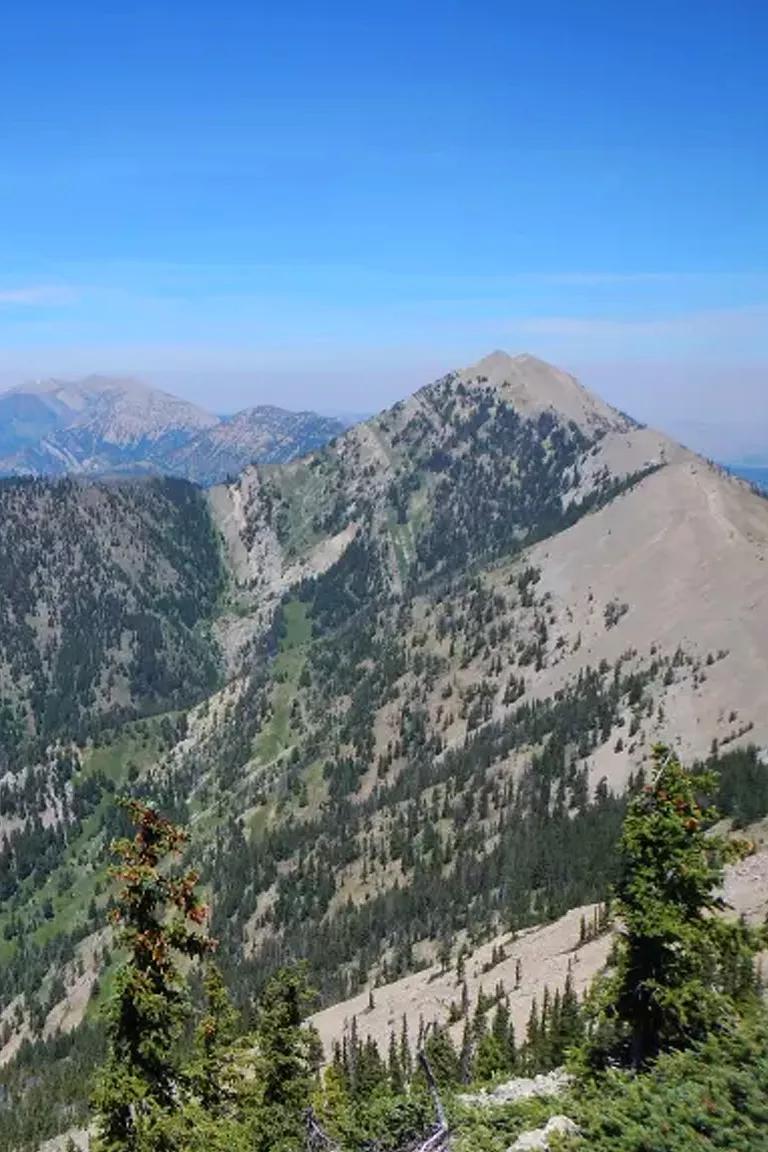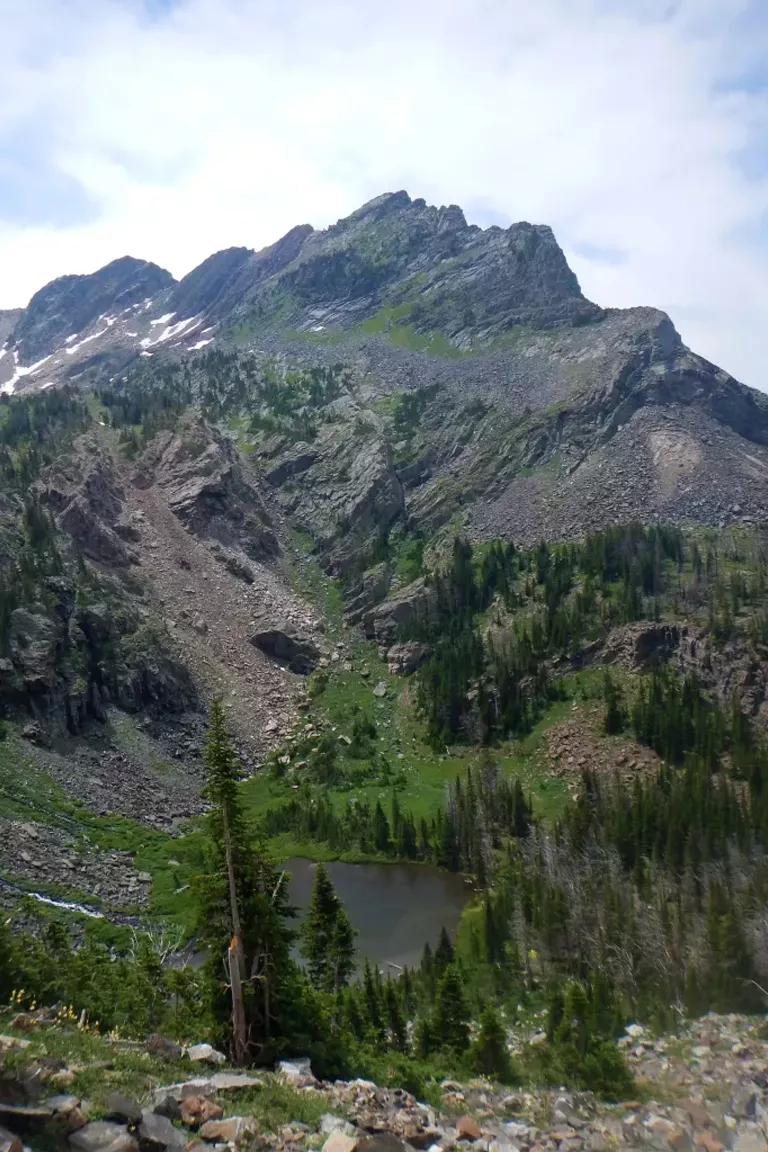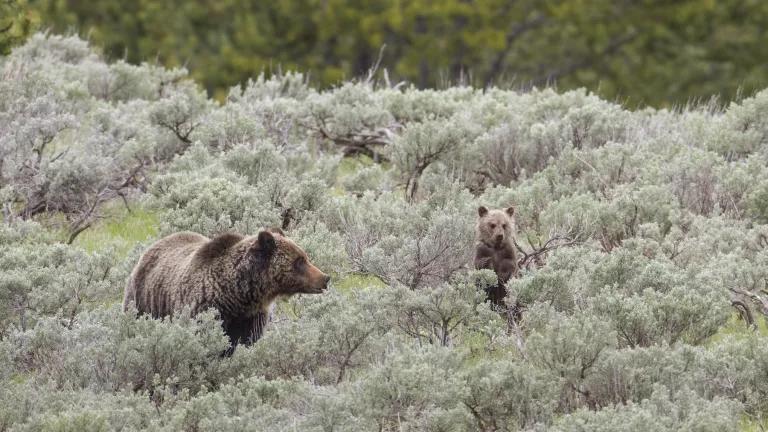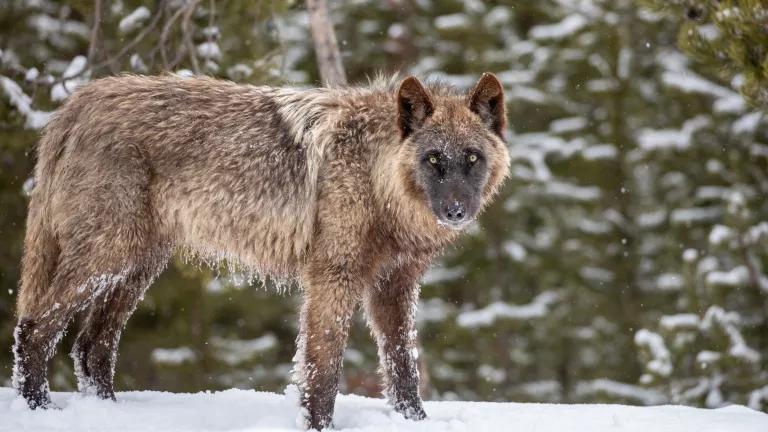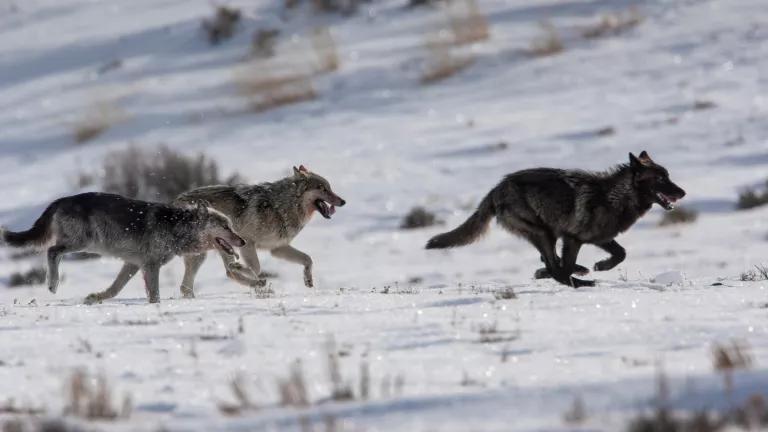
After the rain stopped at my second night's campsite on the Gallatin Crest Trail in the Custer Gallatin National Forest
Guest blog post written by Angela Hessenius
I trekked over snow piles, was rained and hailed on and intimidated by booming thunder, and walked on a trail that occasionally disappeared while carrying everything I needed to survive in my backpack. I was constantly moved by the beauty of the mountain ranges and the wildflower-filled alpine meadows. This was happiness; I was at home in the mountains. Living in Bozeman, Montana for the summer provided me incredible opportunities to explore the surrounding mountains, including this four-day solo backpacking trip on the Gallatin Crest Trail.
Not all my adventures and learning moments happened on the trail, though. In our office in downtown Bozeman, I was given a great amount of independence and had the opportunity to work on several projects, including fact sheets on underappreciated species like beavers and coyotes and on the impacts that the livestock industry has on native predator species. I even got the chance to spend a day helping put NRDC’s conservation work into action by building electric fences around bee yards at a local apiary in southwestern Montana to prevent conflicts with black bears.
Before this internship, I was unaware of the controversial issues surrounding human-wildlife conflicts, and how the unique species of Montana, from sage-grouse to wolves and grizzly bears, interact with the people who live here. It was eye-opening in many ways, and I came into work every day excited because I knew I would be learning something new. It was incredible to gain experience working for the NRDC’s Montana office putting my interdisciplinary passion for environmental science and policy in action and to see what working on conservation and wildlife issues can actually look like.
While the place-specific focus on wildlife in the Northern Rockies was totally new for me, I think one of the most surprising parts of my internship was how much continuity I felt with my past experiences. For example, I noticed connections between the environmental challenges that I studied during my semester abroad in Cambodia to those faced here in the western United States. In these very diverse places, the common thread is that people’s livelihoods are intimately connected to the landscape. Therefore, any solution must consider not only conservation goals and the protection of natural resources, but also how local people’s needs can be met and how they can be empowered to participate.
I was extremely impressed by NRDC’s focus on forming collaborative partnerships with other stakeholders across the nonprofit, public, and private sectors to find common ground and reach shared goals. I hope to emulate this commitment to listening, empathizing, and creating innovative solutions that meet the needs of diverse stakeholders in my future work to help people improve their lives by protecting our environment and the natural resources we all depend on.

The author pounding in a post for the electric fence around a bee yard as cows look on in the background
Even as my summer in Bozeman comes to a close, I still feel like I just arrived and that I have so much more to do, from trails to explore to additional projects to take on. I think I may always have this feeling that I’m sure many can relate to: the feeling that there’s never enough time to do all that I aspire to. As an adventurer, I know we’re always looking for the next great feat, pushing the boundaries of what is possible with another endeavor that is more challenging, more thrilling, and even a bit crazier than the last. As an environmentalist, I know we’re always looking for the next issue to tackle, which can be as exhausting yet rewarding as climbing up a literal mountain.
Every challenge is so important and we want to do it all—to save every species, to stop every new development that seriously threatens public lands and clean air and water, to convince every decision-maker to take action on climate change. We care so deeply about the natural world and the health of the planet that it is easy to feel like taking action is a necessity rather than a choice, like we’re embedded in a race against time, and like standing still is a luxury that we just can’t afford.
Yet in the moments of the summer I’ve spent watching the sunset from the top of Peet's Hill in Bozeman or stopping to watch the birds perched on trees along the trails I’ve hiked, I’ve been learning another important lesson: that we’re only human, that sometimes it’s necessary to make a conscious effort to slow down and just be present, and that we must measure ourselves by who we are now and what we have accomplished, rather than only looking ahead at all the things we aspire to do and become.
For me, spending time outdoors in community with the mountains, the plants, the birds and wildlife, the water, the air, and the sunshine is where I find healing, restoration, and a renewed sense of purpose. I am reminded that I am grounded within the natural world, that everything exists in connection with each other, and that if I truly am a part of all the beauty that surrounds me, then I must be enough, imperfect and fatigable as I am and incomplete as my life is bound to be.
One of my favorite moments of the summer was a conversation I had with Zack during our office outing hike to Hellroaring Creek. I mentioned that my long-term goal was very simply to save the world, and he told me a story about how he and his college roommate entered into a competition to see who would save the world first. Since the race is still ongoing, Zack invited me to officially be entered in as well.
All jokes aside, I do take very seriously my duty to save the world, but I know it can’t be done alone. In the environmental field, it’s very easy to feel overwhelmed and weighed down by the incredibly large and complex challenges ahead, from species extinction to climate change and drought to pollution, and their inextricable links to water and food security and poverty around the world. What I’ve realized is that for the sake of my own longevity and well-being, I have to clarify my expectations for myself as to do what I can to save the world. I know that if I keep working hard, that will be enough.
Moreover, framed this way, it becomes even more obvious that the only real way to save our world and to make positive change in our environment, economy, society, and culture is to invite and inspire more and more people to join this adventure by doing what they can do to save the world. I find my source of optimism and hope in believing that there is more that unites us than that divides us, and that when people come together and acknowledge each other’s humanity, we can solve seemingly intractable problems, including saving this beautiful planet that we all share, need, and love.

Angela Hessenius graduated in 2017 from the University of San Diego with a degree in Interdisciplinary Humanities and minor in Environmental Studies. She was the Ann Clark Environmental Fellow in NRDC’s Northern Rockies Office in Bozeman, Montana this summer. Her next work assignment will take her back to Cambodia where she will be the Program Intern for the School for Field Studies’ Center for Mekong Studies.

